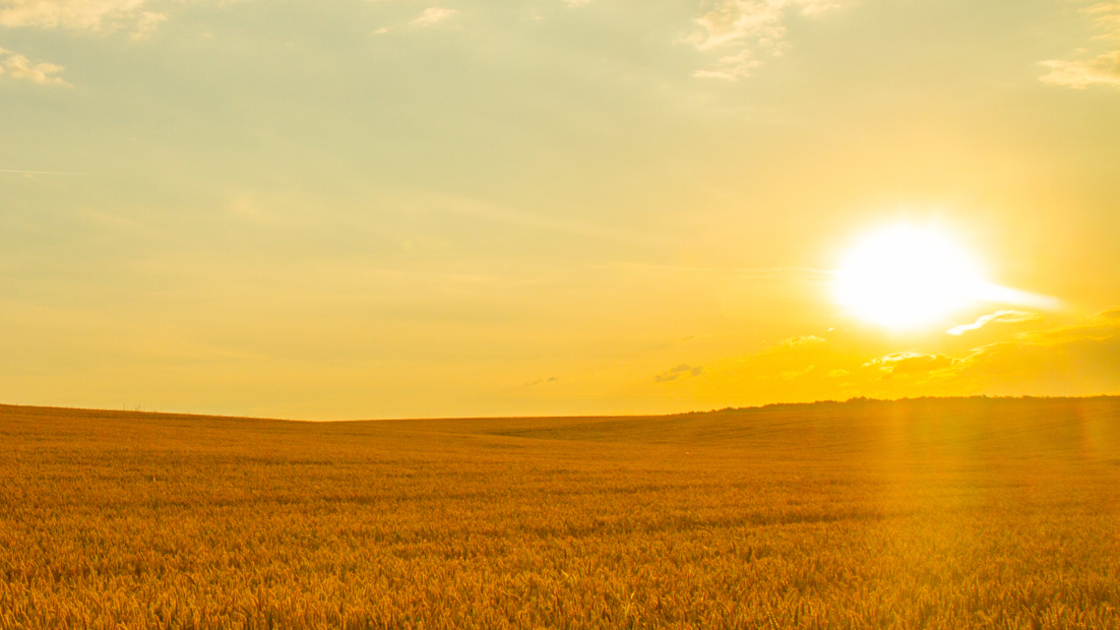Consider the one sign proving His messiahship.
Traditional Christianity has long believed that Christ was buried on the afternoon of Good Friday and resurrected early Sunday morning—one day and two nights later—even though this belief cuts in half the time frame Christ established as proof of His messiahship: “For as [Jonah] was three days and three nights in the whale’s belly; so shall the Son of man be three days and three nights in the heart of the earth” (Matthew 12:40).
Besides that, the Bible nowhere mentions “Good Friday” or “Easter” (Acts 12:4 is a mistranslation). What it does say is that Jesus Christ was crucified on Passover (Matthew 26:2).
In ancient Israel, God’s people observed Passover by killing lambs and smearing blood over their doorposts (read Exodus 12). God then passed over each house where the blood was applied, sparing that household from death. All this was only a type of “Christ our Passover,” as it says in 1 Corinthians 5:7. Today, it is Christ’s shed blood that spares the life of a truly repentant Christian.
Jesus Christ died in a.d. 31. The Passover that year fell on Wednesday, April 25 (not Friday). Because God’s days begin and end at sunset, the actual Passover ceremony that Jesus observed with His disciples occurred Tuesday night—the beginning of the 14th day of the first month on the Hebrew calendar. On Tuesday afternoon, the disciples had asked Jesus about where to make preparations for the service (Matthew 26:17). That night, during the ceremony, Jesus changed the symbols, explaining that He was now that Passover sacrifice (Matthew 26:26-28).
After that Passover service, they went out into the Mount of Olives (verse 30). Christ spent most of the night praying while His disciples slept (verses 36-45). Early Wednesday morning, still on the 14th day of the first month, Judas came with the multitude to arrest Christ (verses 47-50). The crucifixion occurred later that same day.
At the “ninth hour” of the 14th, Jesus cried out (Matthew 27:46-50; Mark 15:34-37; Luke 23:44-46). This would have been at 3 p.m. on Wednesday afternoon. That night, at sunset, marked the beginning of the first day of Unleavened Bread—one of God’s holy days, as outlined in Leviticus 23 (see also Numbers 28:16-17).
The weekly Sabbath, of course, is on Saturday. But the first day of Unleavened Bread was the first of seven annual sabbaths instituted by God. Since most people do not observe God’s holy days today, they do not know that the Bible also refers to these days as sabbaths (see Leviticus 16:31; 23:24, 26-32, 39).
Now follow this course of events closely. In John 19:30, Jesus bowed His head and said, “It is finished.” Notice the very next verse: “The Jews therefore, because it was the preparation, that the bodies should not remain upon the cross on the sabbath day, (for that sabbath day was an high day,) besought Pilate that their legs might be broken, and that they might be taken away” (verse 31). Here is where so many scholars jump the track. They assume that because the day of Christ’s crucifixion is referred to as “the preparation” prior to “the sabbath” (Matthew 27:62; Mark 15:42; Luke 23:54) that it must have been on Friday. But as John points out, the preparation day was actually before a sabbath that was a “high day”—an annual holy day.
John 19:32-42 explain what happened between Christ’s death and His burial. Notice especially verse 42: “There laid they Jesus therefore because of the Jews’ preparation day; for the sepulchre was nigh at hand.” They buried Him late Wednesday afternoon, before sunset, because, according to Jewish customs, all dead bodies had to be buried before the Sabbath, whether weekly or annual. So Christ died on the afternoon of the 14th at 3 p.m. He was buried later that afternoon before sunset. From that point, all we have to do is count three days and three nights to know when He was resurrected.


No comments:
Post a Comment